We’re excited to introduce you to the always interesting and insightful Damien J Bartlett. We hope you’ll enjoy our conversation with Damien J below.
Damien J, thanks for taking the time to share your stories with us today Too often the media represents innovation as something magical that only high-flying tech billionaires and upstarts engage in – but the truth is almost every business owner has to regularly innovate in small and big ways in order for their businesses to survive and thrive. Can you share a story that highlights something innovative you’ve done over the course of your career?
Yeah, I definitely don’t wear a hoodie in a Silicon Valley tower, but I’ve had to innovate constantly to keep creating. One of the biggest shifts for me came during the rise of generative AI. Instead of seeing it as a threat to traditional filmmaking, I saw it as a creative tool, something that could unlock visual ideas I couldn’t shoot in-camera or didn’t have the budget to pull off practically.
In today’s evolving filmmaking landscape, generative AI opens up a whole new realm of creative possibilities. Rather than viewing it as a replacement for traditional methods, I’ve always seen it as a powerful ally, something that helps bring otherwise impossible visuals to life.
A prime example is when I directed CRUSHIN’, a music video for Jesse Saunders, the godfather of house music. Released in late November 2024, the project became the world’s first AI music video to feature the actual artists inside the story using synthetic likenesses. We didn’t just stylize them as avatars, we animated them with real expressions, natural movement, and a full narrative arc, all guided by human-led AI, deep learning tools, and my own creative vision. I chose to give it an anime-inspired look to creatively work around the limitations of the tech at the time.
People sometimes point to The Beatles’ “Now and Then” video, directed by Peter Jackson, as the first AI music video. And sure, it’s an incredible piece of work. But it’s not fully AI-generated. It uses AI-assisted audio tools to restore and isolate Lennon’s voice, and it blends in archival footage with some enhancement, but the visuals aren’t driven by synthetic performance or storytelling in the way CRUSHIN’ was.
When I was showing people concept art for that video, a lot of people in the VFX and filmmaking world said it couldn’t be done, that the tech wasn’t ready to consistently feature real people’s likeness inside a synthetic visual world like that. But a wise man once told me: “Those who say something is impossible usually get passed by the ones doing it.” That’s always stuck with me. I didn’t wait for the tools to be perfect, I learned how to direct AI like I would a camera. And that mindset has kept me ahead of the curve ever since. I think it’s gonna open up a whole world of new indie and blockbuster movie filmmakers much like virtual prodution has done (even though it’s still quite expensive to do due to the LED Wall costs).
I have another story I want to create next, utilizing groundbreaking technology that will shock and entertain. This project will employ some intricate methods along with a new hybrid motion capture technique that will deliver more human-like performances. The film is currently in development, and I’m excited to direct it. It’s called “The Sacred Transfer.” The story explores themes of technology, prophecy, the past, the present, and the future. It’s a sci-fi narrative based on part of the true story of the Roswell crash that has never been told before, featuring the likenesses of some of the people involved. That’s all I’m going to be able to share for now, but it’s going to be intriguing and eye-opening for the young and old who are interested in the UFOs topic.
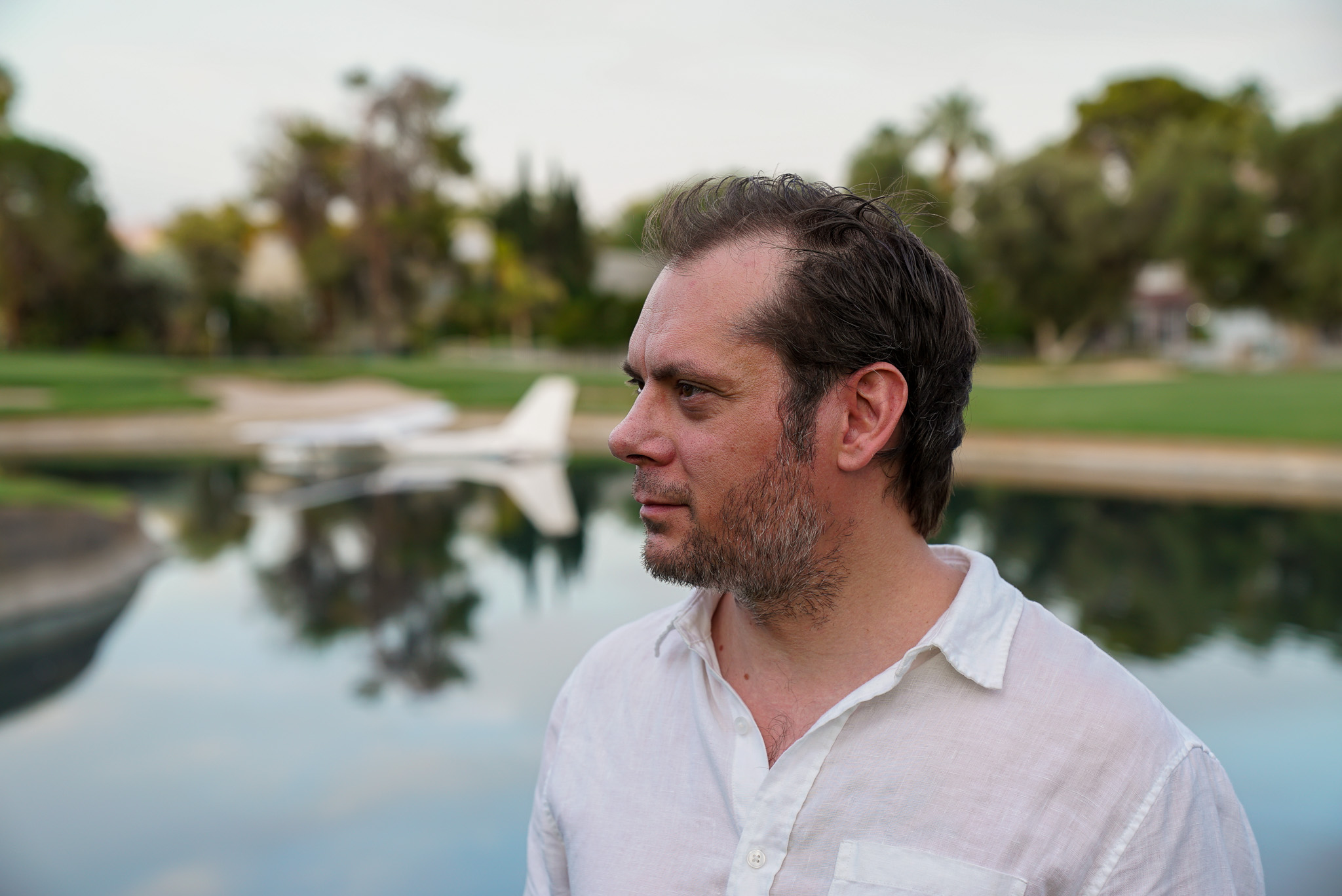
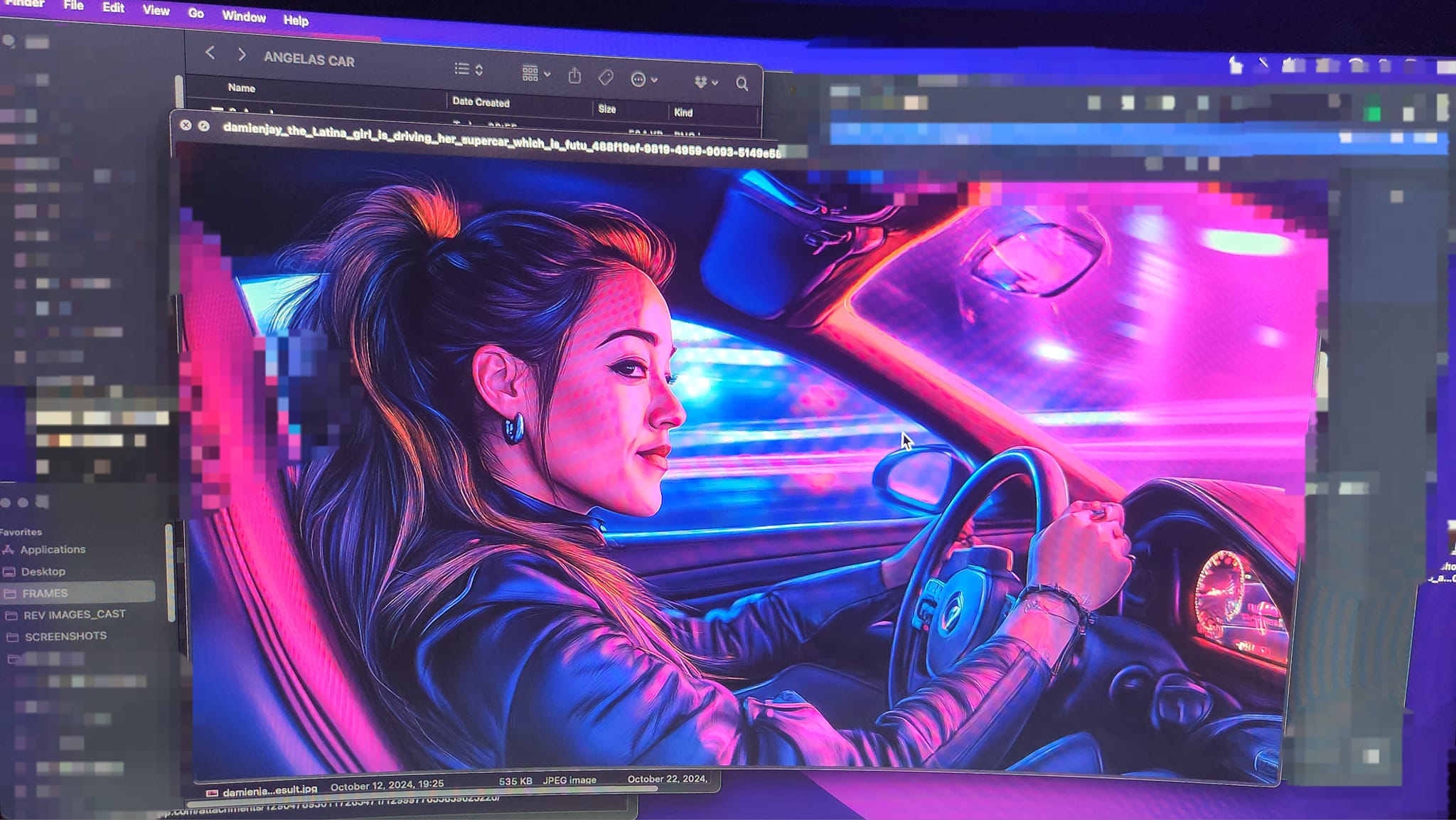
Great, appreciate you sharing that with us. Before we ask you to share more of your insights, can you take a moment to introduce yourself and how you got to where you are today to our readers.
Sure, I’m Damien J. Bartlett, filmmaker, director, photographer, and founder of Undisputed Visual Media, Las Vegas’ first AI-powered film studio. I’ve been immersed in creative work most of my life. I started with photography and music, which naturally led me into visual storytelling, editing, VFX, and directing. I even shot for Sony as one of their official photographers for a few years, which helped refine my eye for composition and detail on both sides of the lens.
Undisputed Visual Media began as a passion project to create meaningful visual content, but over time, it’s grown into a full-service creative house. We now specialize in cinematic commercials, branded campaigns, music videos, and original films. I work across both commercial and narrative spaces, and that’s something that really defines my approach. One day I might be directing a fast-paced, high-converting ad for Meta or broadcast TV, and the next I’m designing a moody sci-fi sequence for a film. To me, both worlds are about crafting emotion through visuals, they just speak different dialects.
A lot of our clients come to us with the same challenge: they need content that stands out. In today’s market, it’s not enough to look good, you have to *resonate*. That’s where we come in. I help brands, artists, and organizations tell stories that break through the noise. Sometimes that means writing, directing, and shooting the entire spot; other times it’s developing a unique visual language, or integrating AI tools in a way that actually enhances, not replaces—the human story.
What sets us apart is that blend of cinematic vision and technical innovation. I don’t see a divide between art and business. I treat a commercial like a film and a film like a brand. Whether I’m directing actors or synthetic characters, I bring the same level of creative precision and intention.
At UVM, we offer:
* AI-powered music videos, short films, and original content reels
* Social media and TV commercials built around compelling hooks and visual storytelling
* Architectural photography and video for museum exhibits and public installations
* Event coverage, from large-scale corporate activations to intimate cultural events
* Creative direction, concept development, and soon: tools for filmmakers using AI
If there’s one thing I’d want people to know about my brand, it’s this: I don’t just make cool-looking content. I tell stories that *stick*. Whether it’s a 15-second ad or a full-length documentary film, everything is crafted with purpose. AI might be in the process, but I’m always going to be the one calling the shots.
What I’m most proud of isn’t just a specific project; it’s that we are building this from the ground up. I’ve so far created a space where creativity and technology coexist, and I’m helping others do the same. I didn’t wait for the industry to catch up—we are moving ahead of it. I am naturally drawn to new creative technologies, and when I have the opportunity to test something, I seize it. For example, in 2020, I was one of the first people asked to direct a shoot using Virtual Production right here in Las Vegas to explore technology that is now used in films like Marvel and Star Wars. Working with a virtual set was unusual, but it was definitely one of the most exciting shoots I’ve been blessed to be part of.
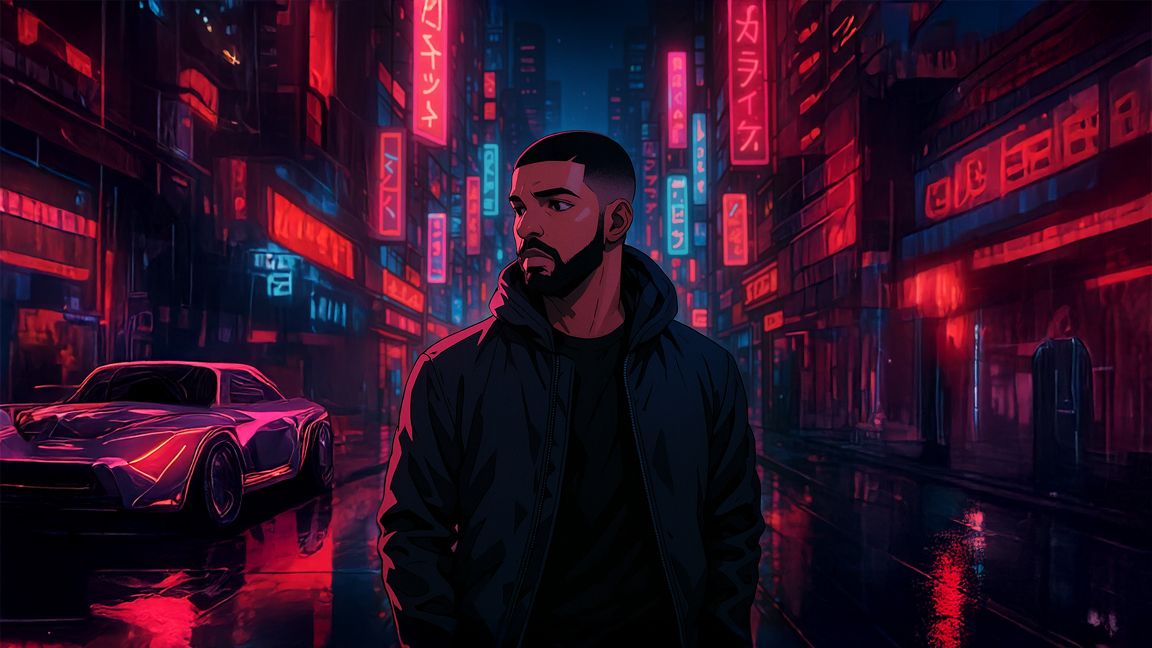
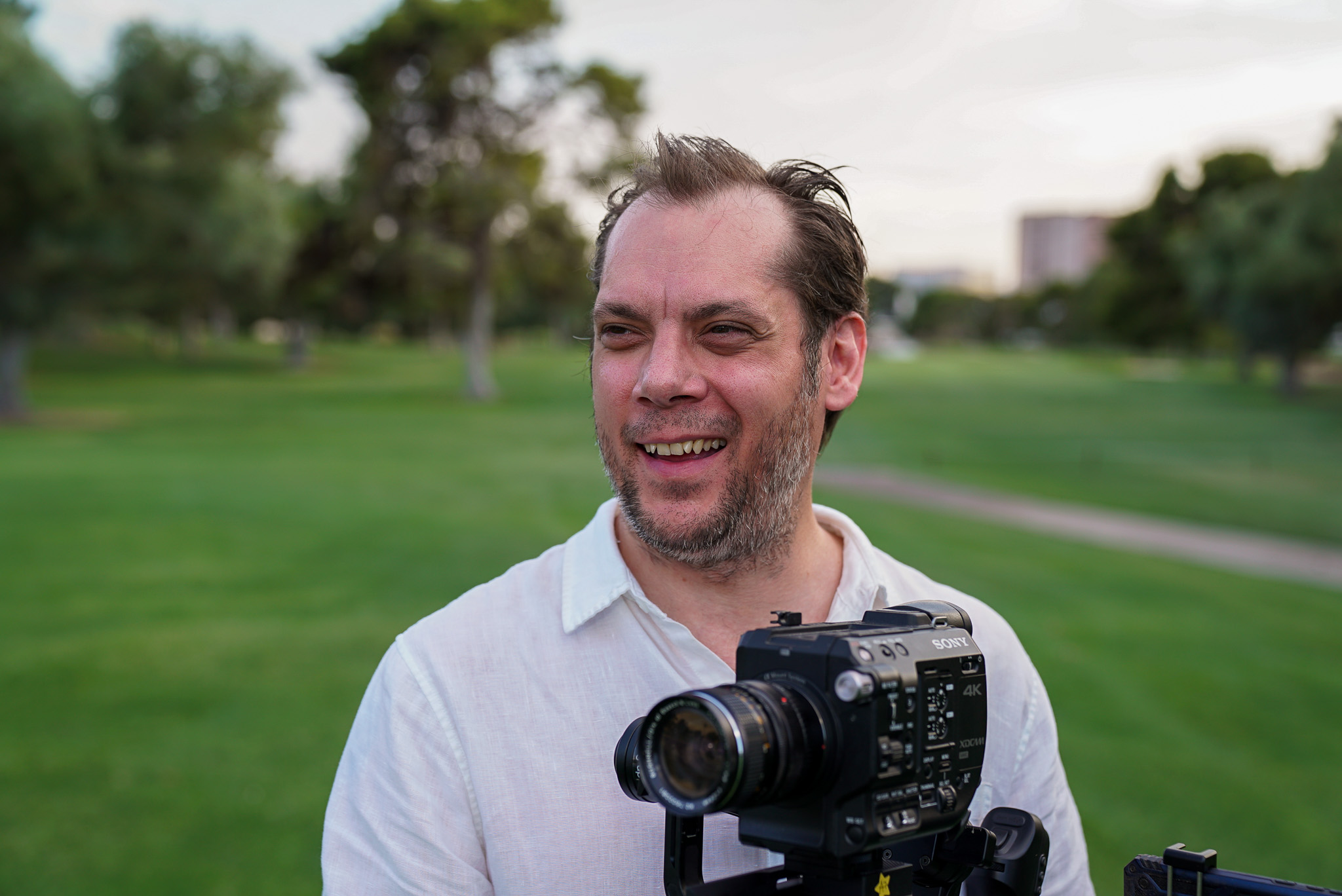
Can you share your view on NFTs? (Note: this is for education/entertainment purposes only, readers should not construe this as advice)
I’ve always looked at NFTs as more than collectibles or hype, they’re tools for expanding how we tell stories and connect with audiences. I’m especially interested in the way NFTs can extend the world of a film or creative universe beyond just what’s on screen.
With my sci-fi project The Sacred Transfer, I’ve been exploring how NFTs could be used to give fans a deeper, more interactive experience. I recently connected with someone in the Web3 space, and we’ve been talking about the idea of minting limited-edition NFTs tied to the film, things like limited edition concept art, digital storyboards, and custom-designed objects that actually exist within the world of the story. These wouldn’t just be digital merch, they’d be part of the mythology, almost like artifacts with lore attached.
The idea is still in development, but what excites me is the potential to use Web3 in a meaningful way, something that enhances the creative vision rather than distracts from it. I think there’s a huge opportunity for filmmakers and artists to use NFTs as part of their narrative architecture: to build worlds that fans can own a piece of, not just watch from the outside.
The key is intention. I’m not interested in NFTs as a gimmick. I’m interested in what they could become if used as part of a bigger creative system. And that’s what my team and I are actively working on for that project right now.

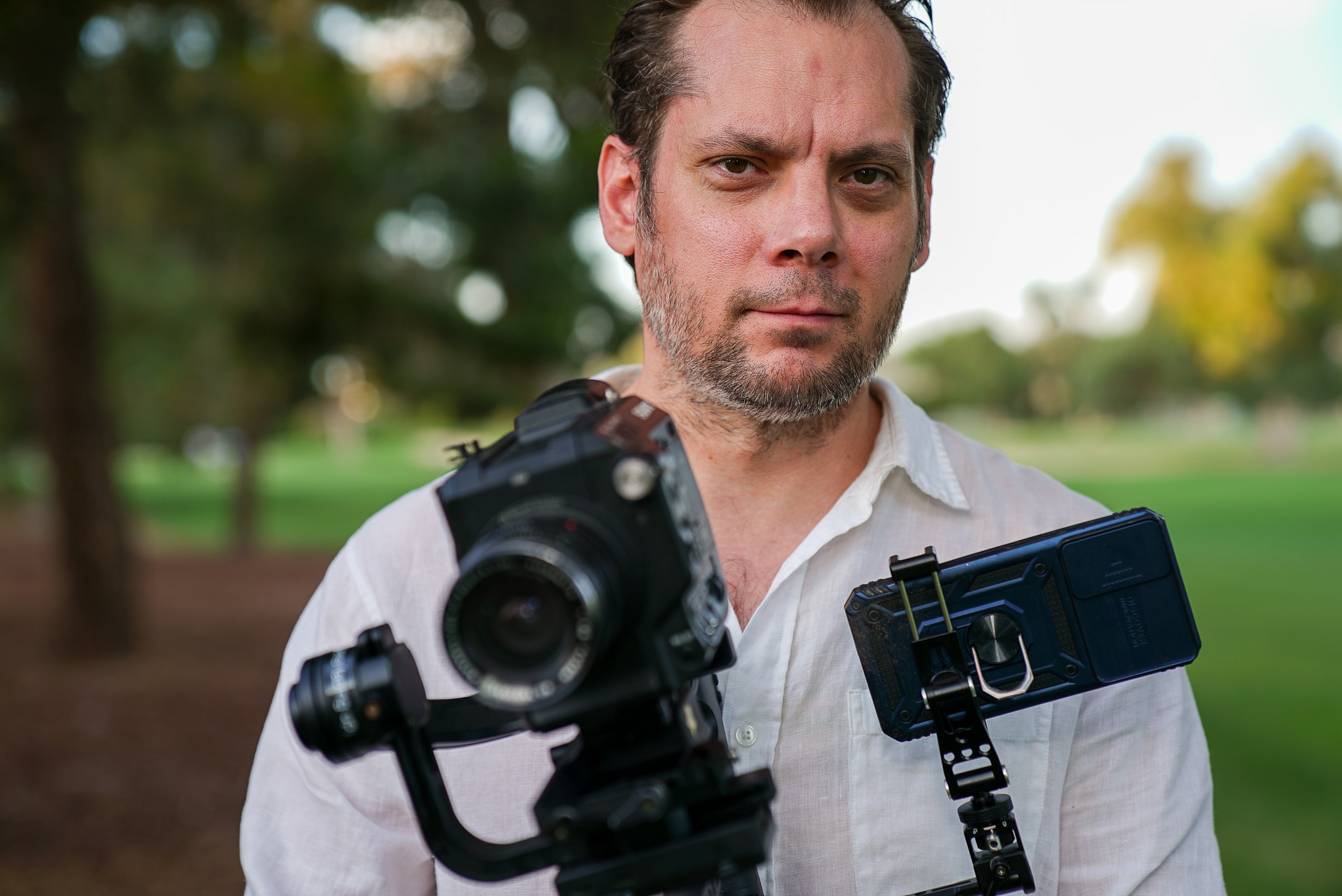
Is there a particular goal or mission driving your creative journey?
Definitely. For me, it’s always been about telling stories that push the boundaries of what’s possible, visually, emotionally, and spiritually. I’m drawn to the intersection where technology meets meaning. Not just cool effects or trendy tools, but work that actually says something, about us, about the future, about the unseen layers of reality we don’t always talk about.
That’s really the heart of The Sacred Transfer, the sci-fi film I wrote and have been developing always, it’s a story about prophecy, belief, control, freedom, and the power of creation itself. At its core, it’s asking: what does it mean to be human in a world where everything, even the soul, can be replicated or transferred? That’s a heavy question, but it’s the kind of stuff I live for creatively.
I’m also deeply committed to using AI as a creative tool, not a crutch. I don’t believe in handing over the wheel to the tech, I believe in learning how to steer it. I’ve spent all this time building a pipeline that blends traditional filmmaking with AI tools, not just to make things faster, but to make things better. It’s about elevating ideas that couldn’t exist before. And eventually, I want to share that pipeline with other filmmakers, especially independent ones, so they can bring their wildest visions to life without waiting for a studio’s approval or a gigantic $150 million budget.
So yeah, the mission is layered: push boundaries, create with intention, and help other creators do the same. I want my work to feel like something, not just look cool. If I can tell stories that move people, challenge them, or even shift how they see the world… that’s the goal. Always has been.
Contact Info:
- Website: https://www.undisputedvisualmedia.com
- Instagram: https://www.instagram.com/undisputedvisualmedia/
- Linkedin: http://linkedin.com/in/damien-j-bartlett
- Other: Damien J BartlettDirector · Writer · Producer · Photographer · Cinematographer · AI Creative Wizard at 📍 Las Vegas’ Only AI Film Studio
‘Bringing stories to life through vision and technology.’
LINK TO CRUSHIN’ music video on YT
https://youtu.be/hKSX5zmZ6qg?si=XnCeJtsmCtf85ZhZ
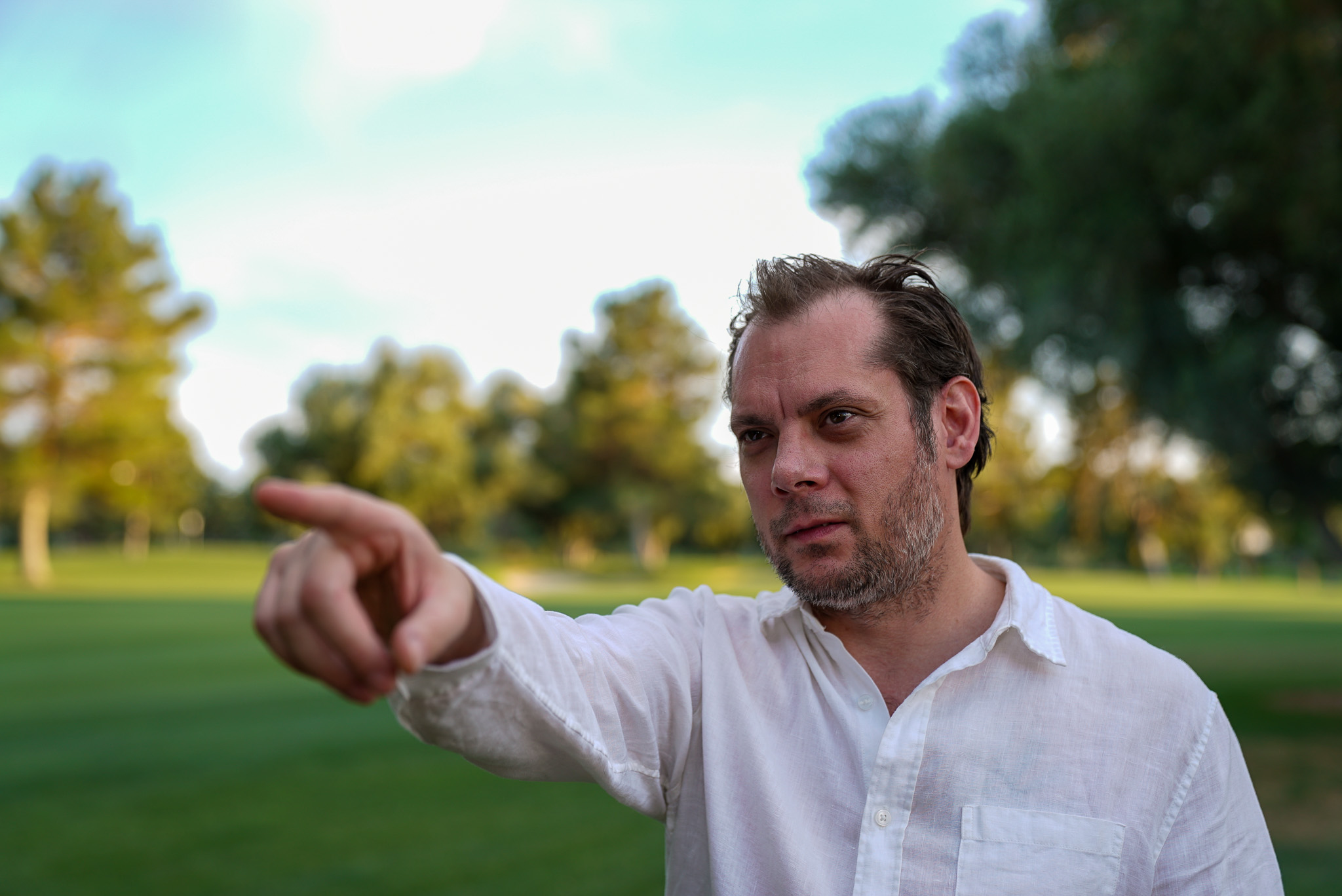
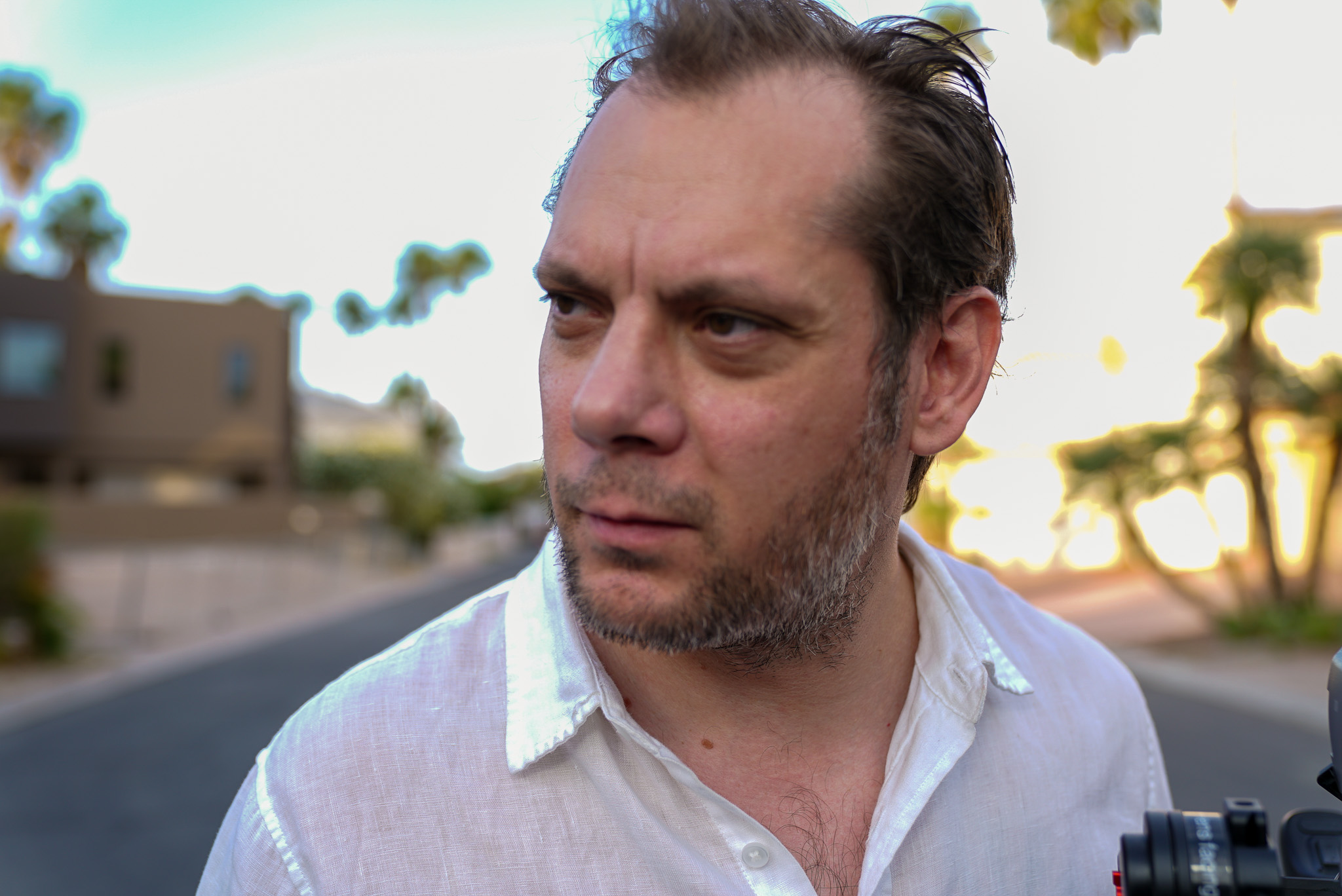

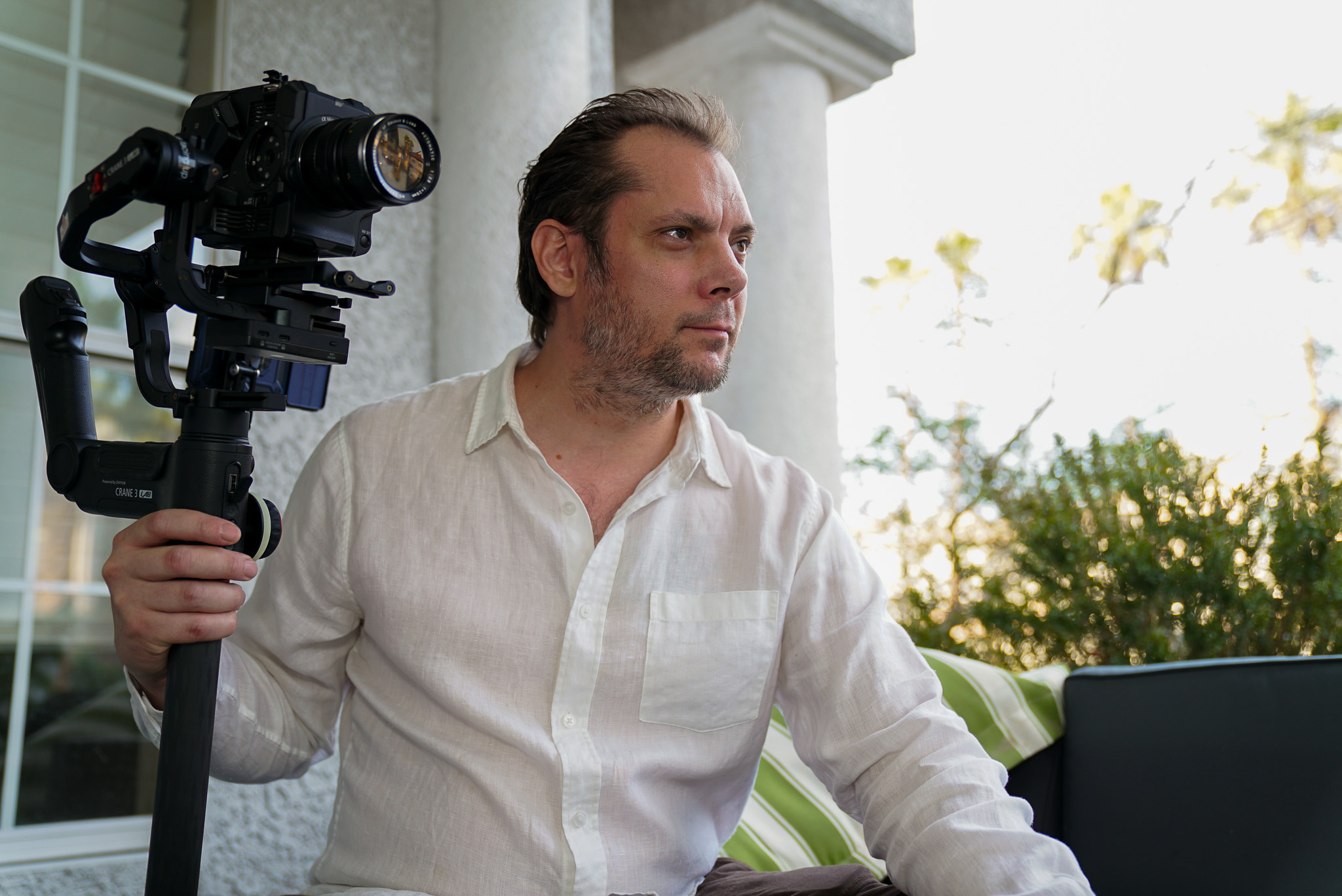
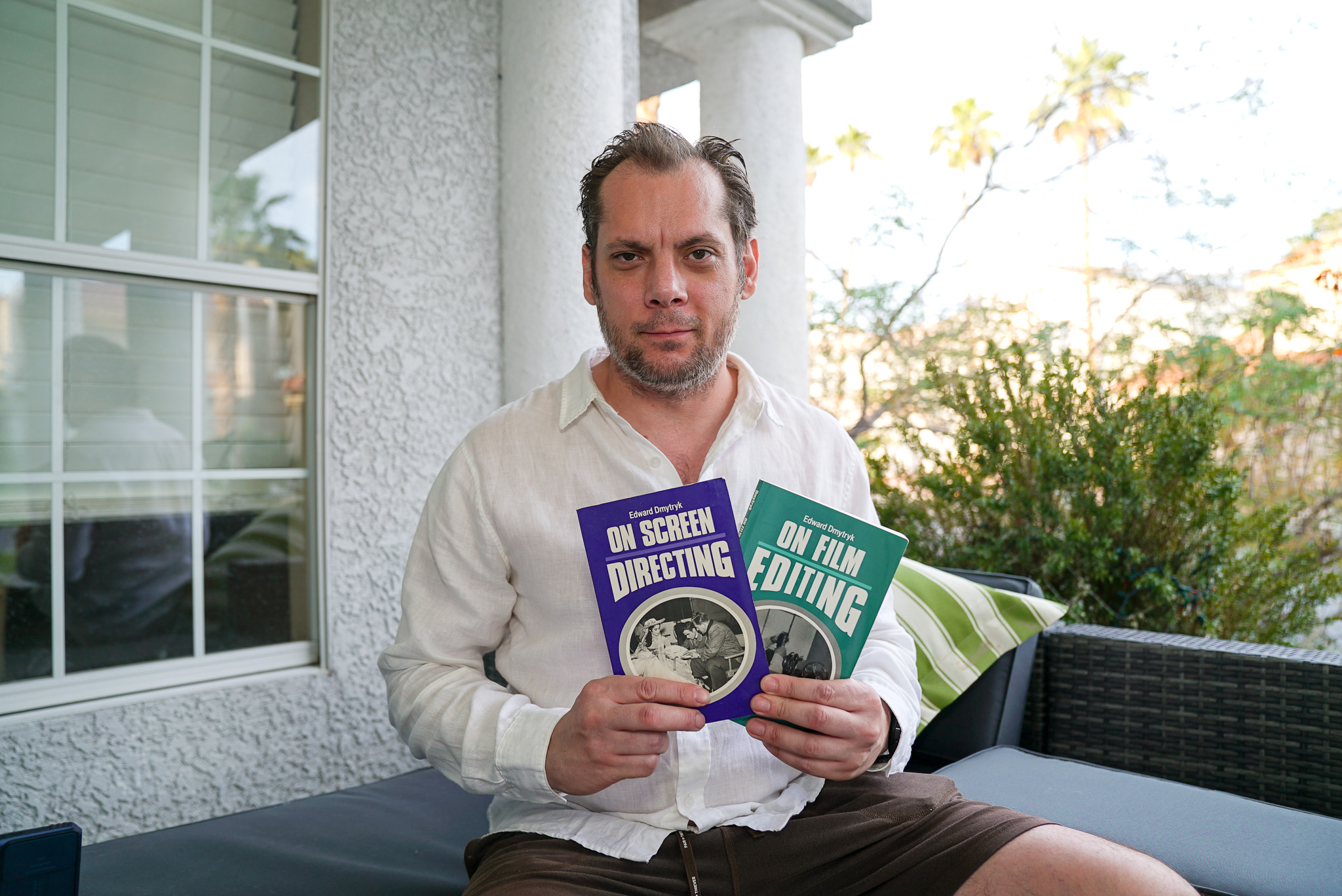
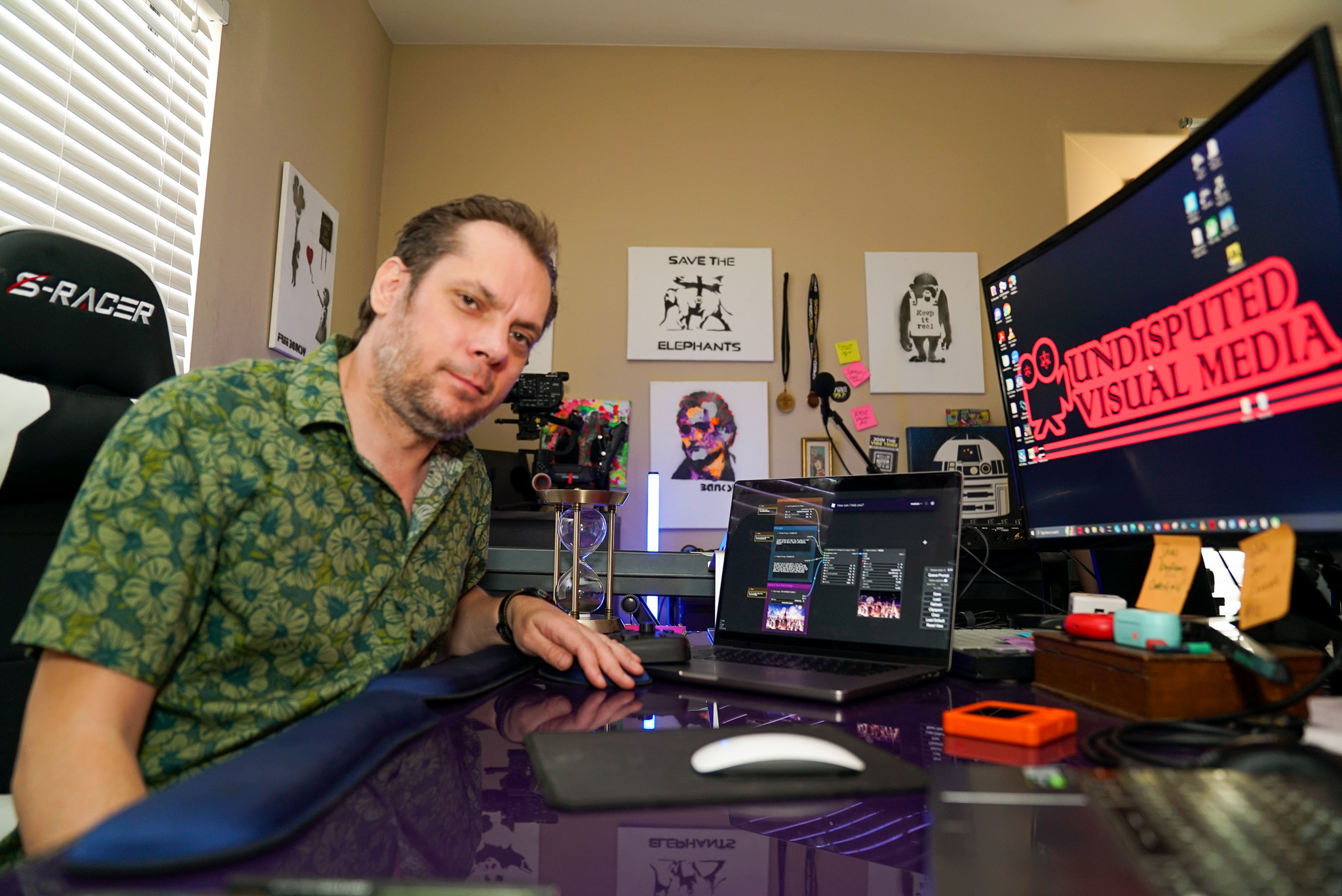
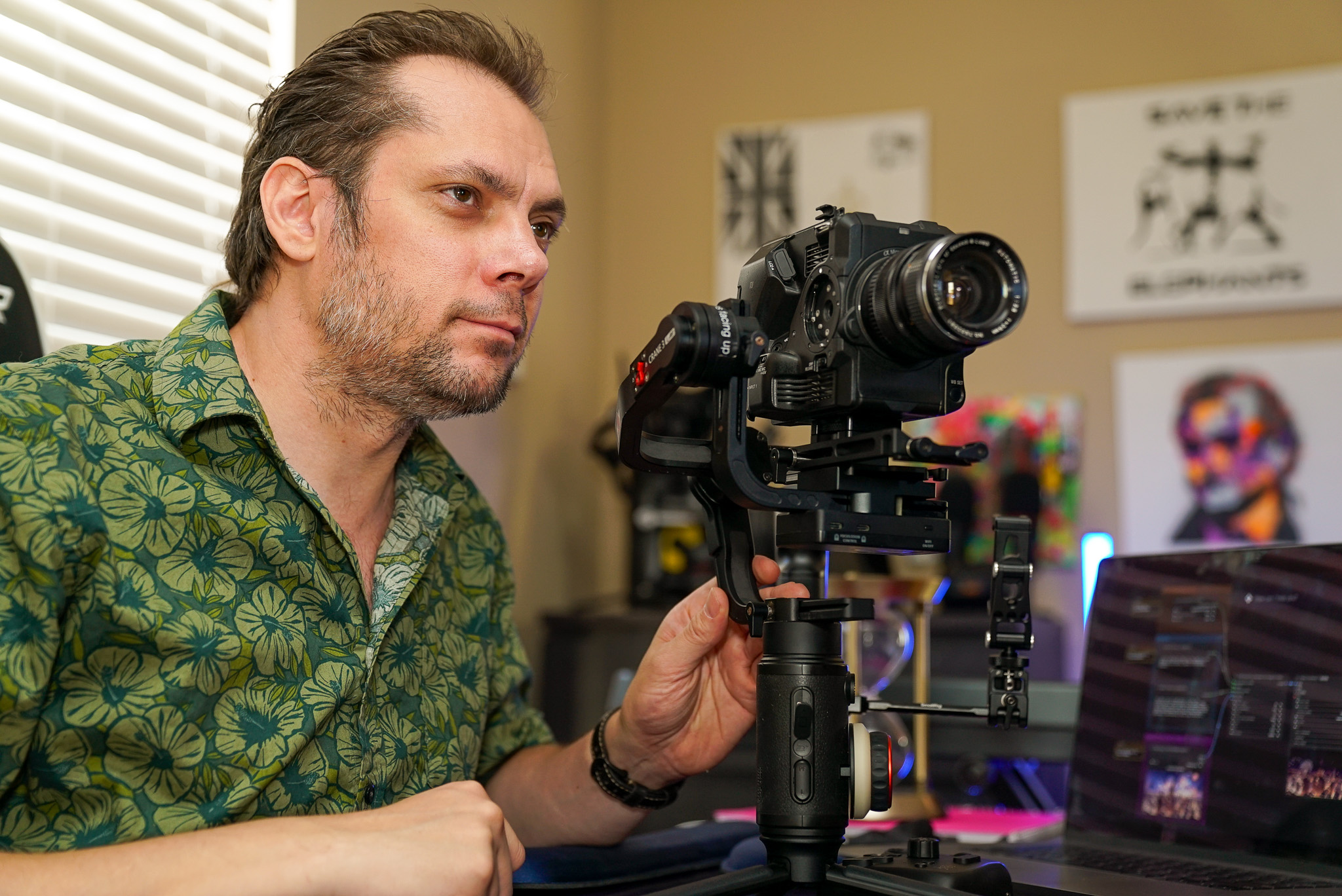



Image Credits
Undisputed Visual Media

